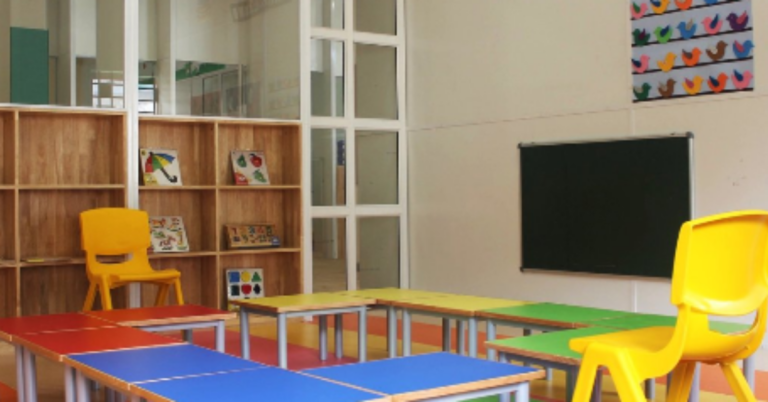The Role of Peer-to-Peer Learning in Education
Peer-to-peer learning stands out as a collaborative approach where individuals engage in sharing knowledge and skills within a group setting. This method encourages active participation and fosters a supportive environment for all participants involved. By working together, peers can offer diverse perspectives, insights, and feedback that enrich the overall learning experience.
In this approach, each individual has the opportunity to both teach and learn, creating a dynamic exchange that enhances understanding and retention of information. Through peer-to-peer learning, participants can develop critical thinking skills, communication abilities, and teamwork, which are essential in the educational and professional realms.
Benefits of Peer-to-Peer Learning in Education
Peer-to-peer learning in education offers students the opportunity to actively engage in the learning process by collaborating with their peers. This approach fosters a sense of responsibility and accountability among students as they work together to achieve common learning goals. By interacting with their peers, students can gain a deeper understanding of the material by explaining concepts in their own words and learning from different perspectives.
Moreover, peer-to-peer learning helps students develop essential soft skills such as communication, teamwork, and problem-solving. Through collaborative discussions and group projects, students learn how to effectively communicate their ideas, listen actively to others, and work together towards a shared objective. These skills are not only valuable in academic settings but also essential for success in the workplace and beyond.
Enhancing Communication Skills through Peer-to-Peer Learning
Peer-to-peer learning offers a unique opportunity for students to improve their communication skills in a collaborative setting. Through interactions with peers, individuals can practice expressing their thoughts and ideas more confidently. This active participation fosters a sense of engagement and encourages students to articulate their perspectives effectively.
Moreover, peer-to-peer learning allows for constructive feedback from classmates, enabling individuals to refine their communication style based on input from their peers. This exchange of viewpoints helps students develop empathy and enhances their ability to convey messages clearly to different audience types. By engaging in discussions and group activities, students not only polish their verbal communication skills but also learn to actively listen and respond thoughtfully to others.







